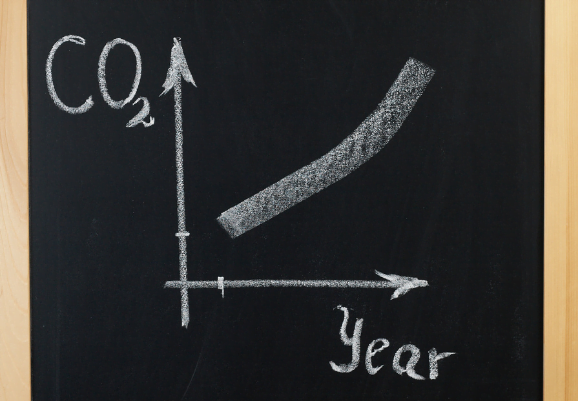A scientist wishes to develop a new way of generating renewable energy.
They decide to use a large magnet on a large spring, oscillating through a coil of wire, generating a current that could then charge a battery, which in turn would store the energy released from the system.
The system is set into motion with a winch system that can be used to set the spring. The following equation can then be used to describe the oscillations, in metres, t minutes after it has been set into motion:
\[A = 10e^{- 0.05t}\cos{10t}\]
a) On a plot of A against t, show that the t values of the
turning points satisfy the equation \(\tan{10t} = – \frac{1}{200}\)
[4 marks]
The battery can only be charged when the amplitude of the oscillations of the spring are greater than 1m. The amplitudes, A, of the oscillations are found at the turning points of the curve.
b) Give the t value of the last turning point where |A|≥1m, and the battery can no longer be charged.
[4 marks]




